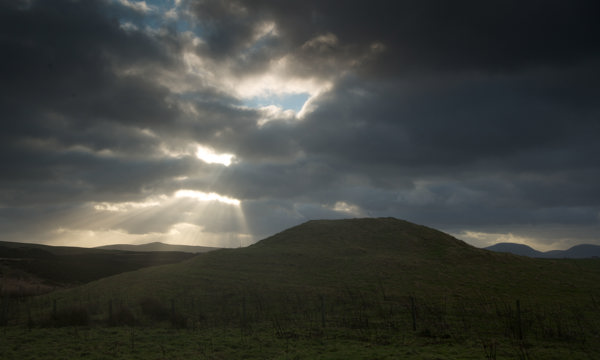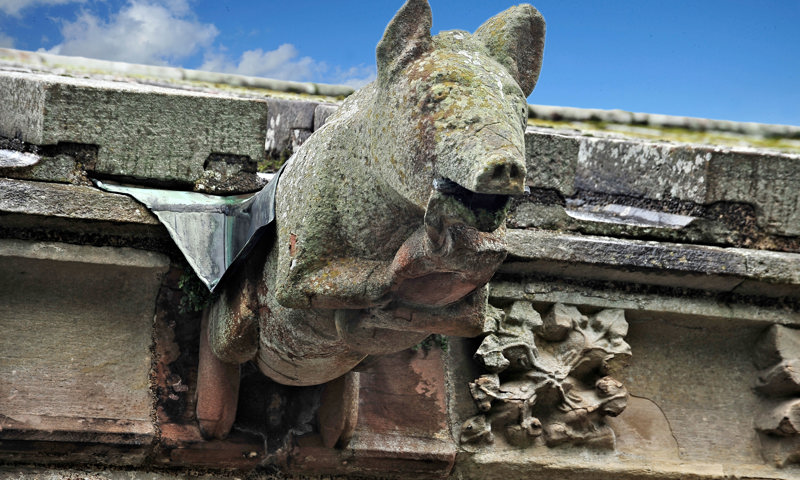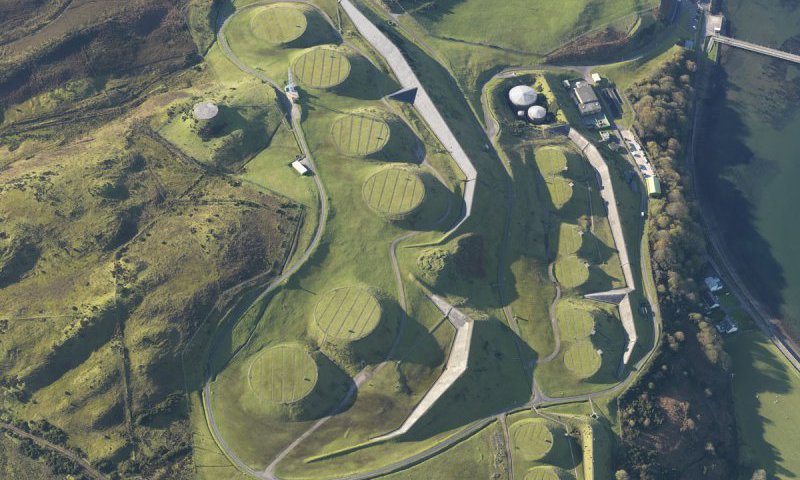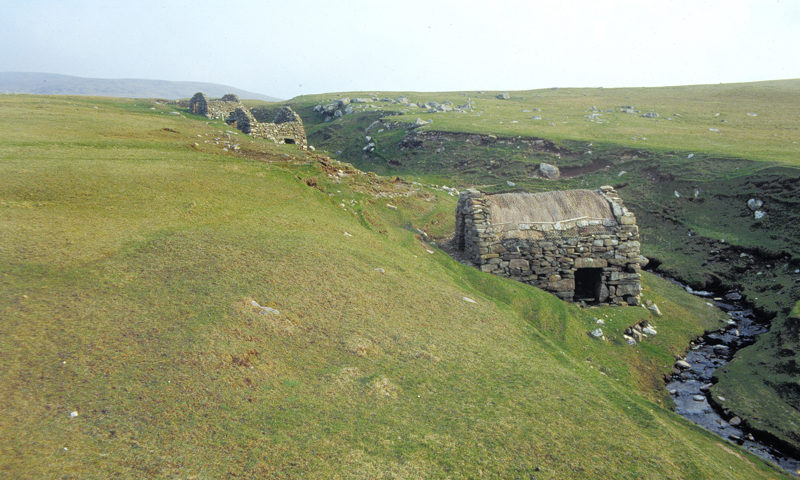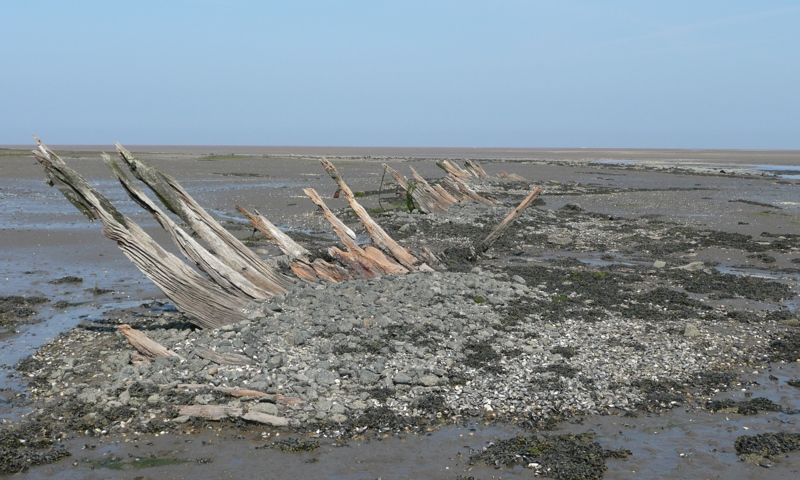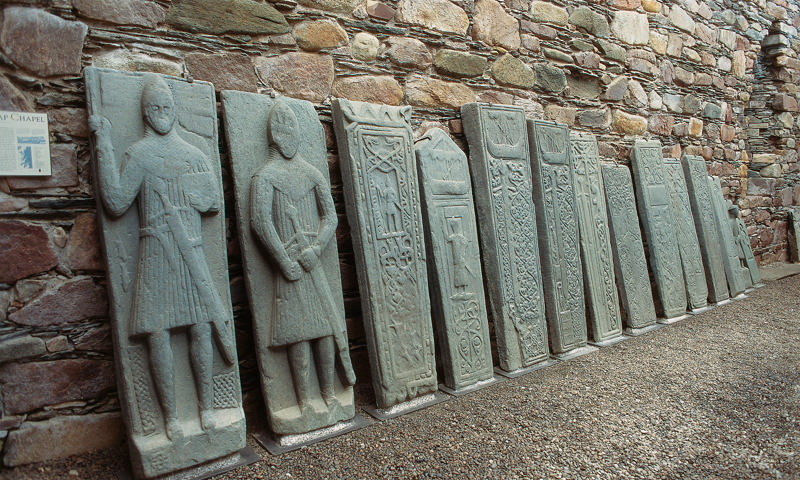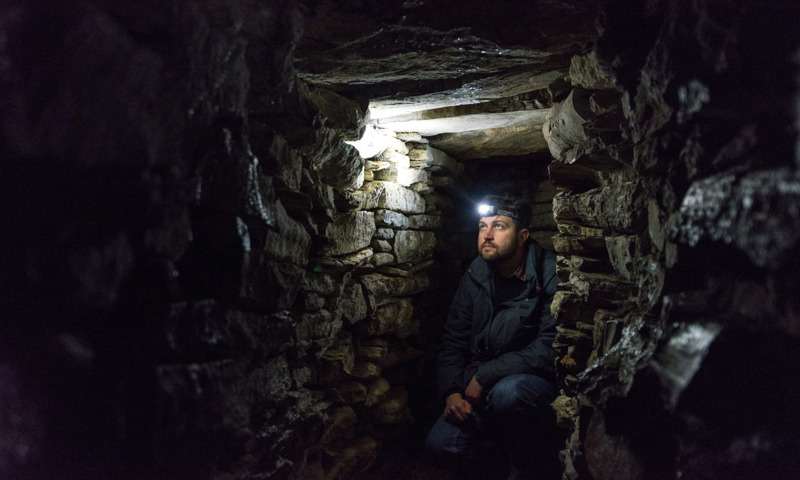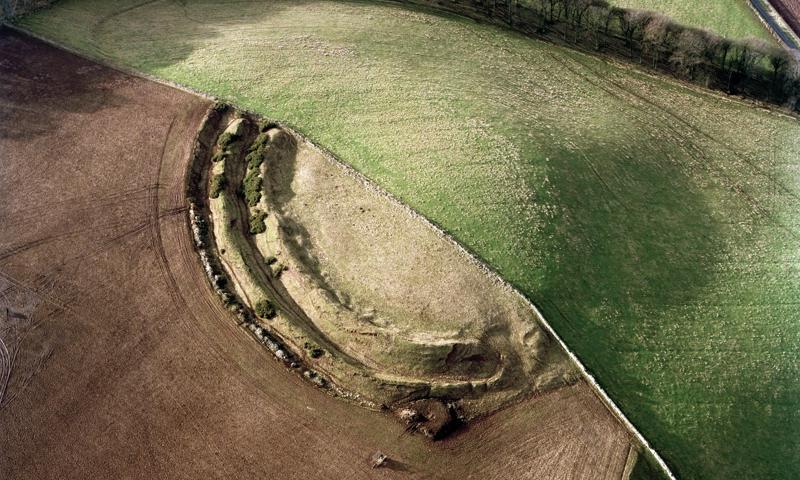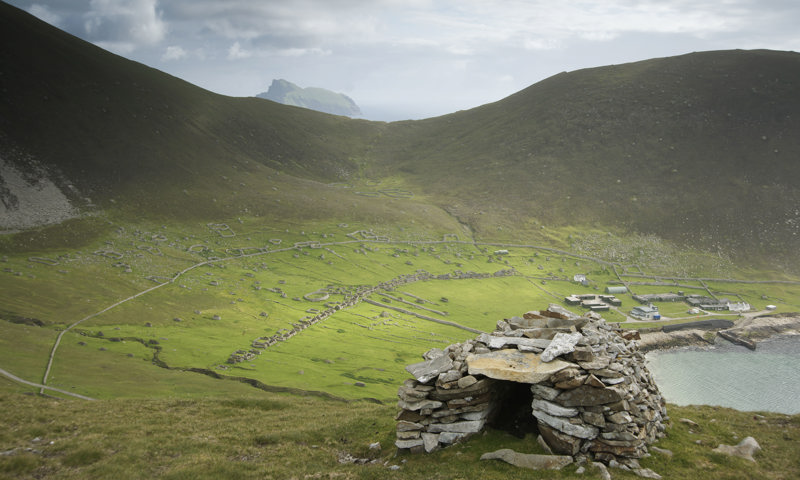Historic Environment Scotland maintains a schedule (a list) of monuments of national importance. Scheduling is the process of adding monuments to this list.
A dedicated team researches and assesses all designation applications. Scheduling is carried out under the Ancient Monuments and Archaeological Areas Act 1979.
The aim of scheduling is to preserve our most significant sites and monuments as far as possible in the form in which they have been passed down to us today.
Scheduling began in 1882, when the first Ancient Monuments Act was passed, and is an ongoing process. We assess and reassess monuments as our knowledge and understanding of what survives and its importance changes.
Today, we assess monuments for scheduling using the Designation Policy and Selection Guidance.
Historic Environment Scotland deals directly with all matters affecting scheduled monuments. The final decision on what is scheduled rests with us, although owners or occupiers may appeal our decisions.
Scheduling is not the same as listing and uses different legislation.
Download Scotland's Scheduled Monuments (available in English and Gaelic).
Find out more about our designation priorities and plans in our Designations 2020 Onwards document.
Find out how to propose a site for scheduling
Learn about types of scheduled monument
Read about the scheduling process

